The Hubble Space Telescope was launched 24th April 1990 and has beamed thousands of images back to Earth, unveiling many mysteries of astronomy.
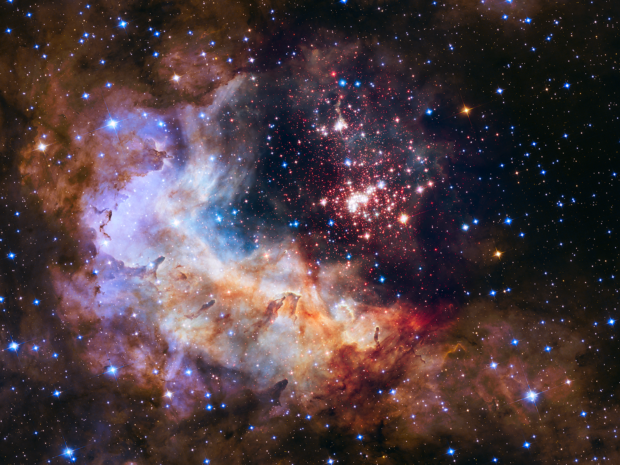
Since its launch, Hubble has made more than 1.2 million observations. Astronomers using the Hubble data have published more than 12,800 scientific papers. This makes it one of the most productive scientific instruments ever built. Discoveries have included the age of the universe, the identity of quasars and the existence of dark energy.
The telescope has travelled billions of miles along a circular low Earth orbit and is currently about 340 miles in altitude. It takes 97 minutes to complete a spin around the Earth, moving at the speed of around 5 miles per second.
Hubble consists of a number of scientific instruments that work across the entire optical spectrum and a 2.4m primary mirror. The instruments included are:
- The Space Telescope Imaging Spectrograph, being used to study black holes and the composition of galaxies
- Fine Guidance Sensors, locking on to “guide stars” and measuring their position relative to the object being viewed
- The Near Infrared Camera and Multi-Object Spectrometer, useful for observing objects obscured by interstellar gas and dust and looking deeper into space
- The Advanced Camera for Surveys, studying ultraviolet emissions from stars and searching for planets
- Wide Field Camera 3, helping examine the way galaxies evolve over time
- The Cosmic Origins Spectrograph, which breaks ultraviolet radiation to study galaxy evolution and the formation of planets
The observatory was designed to be serviced in space, allowing outdated instruments to be replaced.
The Hubble Space Telescope was named after Edwin Hubble (1889-1953), an American astronomer regarded as one of the most important observational cosmologists of the 20th century. In the 1920’s, Edwin Hubble, showed that some of the numerous distant clouds of light were actually entire galaxies. The realisation that the Milky Way was only one out of many galaxies changed the way that astronomers viewed the galaxy. Dr. Hubble’s biggest discovery came in 1929 when he discovered that the further a galaxy is from Earth, the faster it appears to be moving away.
Check out our Flickr page to see our 'Top 25' Hubble images.
For our latest news and updates follow us on Twitter and 'like' us on Facebook. Or alternatively, subscribe to email alerts for updates straight to your inbox.
Image Credits:
Carina Nebula:
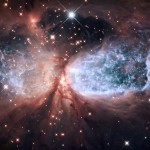
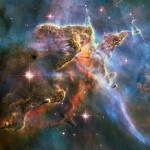
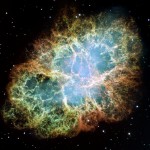
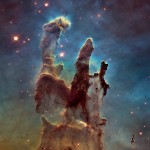
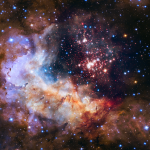
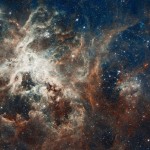
Leave a comment